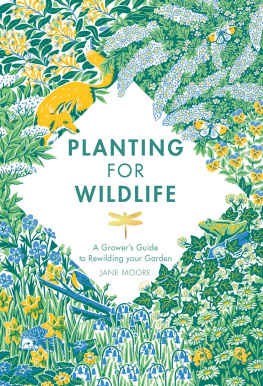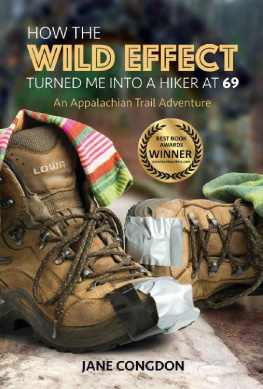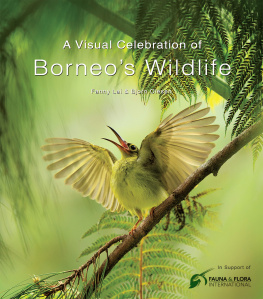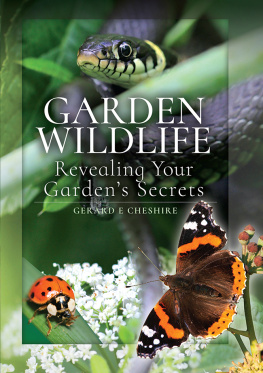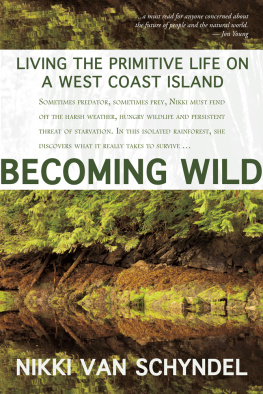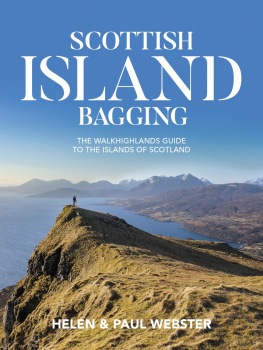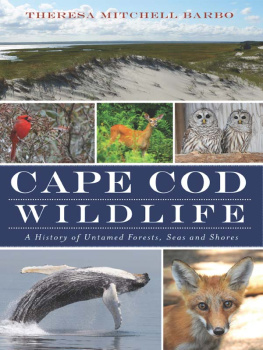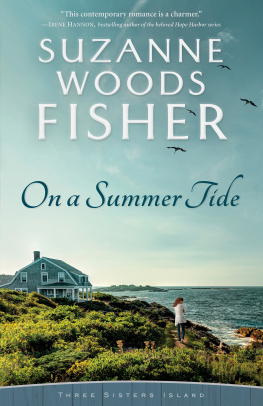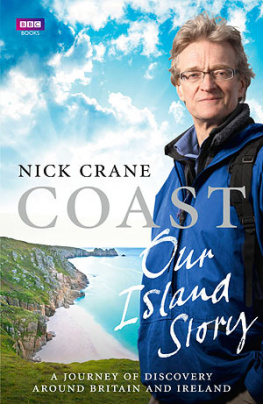WILD ISLAND




First published in 2016 by Birlinn Ltd
West Newington House
10 Newington Road
Edinburgh
EH 9 1 QS
www.birlinn.co.uk
Illustrations and text Jane Smith, 2016
Design and layout by James Hutcheson and Tom Johnstone
The right of Jane Smith to be identified as the author of this work has been asserted by her in accordance with the Copyright, Design and Patent Act 1988.
All rights reserved. No part of this publication may be reproduced, stored, or transmitted in any form, or by any means, electronic, photocopying, recording or otherwise, without the express written permission of the publishers.
ISBN : 978-1-78027-269-6
e ISBN : 978-0-85790-273-3
British Library Cataloguing in Publication Data
A catalogue record for this book is available from the British Library
Typeset in Arno Pro at Birlinn
Printed in Latvia by Livonia
Contents
F OREWORD
This book unveils the wonderful world of the Hebridean island of Oronsay and lets you visit one of the most challenging and rewarding workplaces that the RSPB manages as a nature reserve. Successful conservation management is far more difficult and significantly harder work than most of us can imagine. It involves an intimate understanding of many natural processes and the detailed life history of the species you wish to benefit. It needs a knowledge of land, and of how it has come to exist in the state we now see it.
If that isnt difficult enough, transfer your endeavours to a tiny and remote Hebridean island where the habitat management is achieved via cattle, sheep, arable crops, machinery and a constant flow of enthusiastic and characterful volunteers.
Through her beautiful illustrations, Jane captures the mood and atmosphere of this magical island, its very special wildlife and the people who live and work there. If you read this in winter, think of the 6.00 am start and the round of feeding and checking the out-wintered livestock, and maybe put another log on your fire and imagine the raging gale and rain coming straight off the Atlantic. If you read this in late spring, imagine the air filled with birdsong, tumbling lapwing, the heartlifting song of skylarks and the rasping calls of corncrakes hidden in the vegetation managed specifically for them; perhaps, like me, you will be envious of those who can still experience this natural symphony.
Janes illustrations and prose transport you to a very special place and let you into the lives of some very special people. They describe part of the 15 years that Mike and Val Peacock have spent on Oronsay, skilfully managing this nature reserve and meeting all of the challenges thrown at them. People like Mike and Val quietly get on with this kind of work because it really matters to them, and reading this book will help you appreciate their work and perhaps it will also encourage you to join in and do something, however small, to contribute to and make space for the wildlife we enjoy and share our planet with. At the annual Nature of Scotland Awards in 2015 Mike and Val were both awarded with the 2015 Lifetime Achievement Award, and Mike the Species Champion Award. But their achievements cannot be described more eloquently than in the pages of this book.


Lapwing on nest.
I NTRODUCTION
The first time I visited Oronsay, an island off the west coast of Scotland, it was to film nesting birds. My daughter was a year old, and I was beginning to realise that film-making was not very compatible with small children. I watched the lapwings swooping and diving as they displayed in the huge sky, and I made a few sketches.
I spent the next ten years learning painting and print-making, so that when I returned to the island, it was to make pictures on paper, not film. I was amazed by the wealth of wildlife there. While filming natural history for the BBC I had been privileged to travel to the best wildlife spots on the planet, but on the way I saw much destruction and mistreatment of the natural world. Here, right on my doorstep, was a glowing example of how to use land in harmony with nature.
Oronsay, owned by Mrs Frances Colburn, is farmed by the Royal Society for the Protection of Birds, the RSPB. They also farm some of the crofts on the neighbouring island of Colonsay. They use a Management Handbook, a sort of recipe-book of how to make great homes for nature. Their focus is on species like chough and corncrake that used to be plentiful in the Hebrides, but now find themselves homeless as land is turned to new uses. The Handbook is dry reading, but I found the ideas fascinating. I started to write my own versions such as How to Grow a Peregrine (see ), and the book began.
Additionally, the ridiculous things that happened when living on a remote island, cut off from the rest of the world, were highly entertaining and, I hope, worth sharing. This book is the result of visits made over several years, although I have ordered the stories by month and season.

Lapwing chicks.

Oronsay. The box hedges and formal gardens contrast with the wild landscape beyond.
RSPB
During the making of this book, I was fortunate to stay on Oronsay as the guest of my friends, RSPB managers Mike and Val Peacock. Very few people have been lucky enough to live on the island, as there is no holiday accommodation, and Oronsay is not easily accessible. First one must take a ferry to neighbouring Colonsay. Oronsay can be accessed from there across a tidal strand, but in certain weather, low tide may just not happen. With so many nesting birds, Oronsay could not accommodate a lot of human visitors, and there are no public facilities on the island.
I wanted to write this book, then, to share with people who could not otherwise experience it, the wonderful example of wildlife conservation that is being practised there. For people who want to see this wildlife for themselves, there are many more accessible Hebridean islands. RSPB reserves on Islay have choughs, on Coll there are corncrakes, and on Tiree there are breeding lapwings. Colonsay itself is a beautiful island with both choughs and corncrakes.
The RSPB can achieve impressive results on an island-wide scale, but its possible to make a difference in a small way. Following the example of Oronsay, Ive changed my lawn into a tiny hay meadow. Even a window-box can be planted with wild flowers for bees. Volunteering on RSPB reserves is another way to get involved. I would be delighted if the positive message from this wild island is an inspiration to others.
Next page


